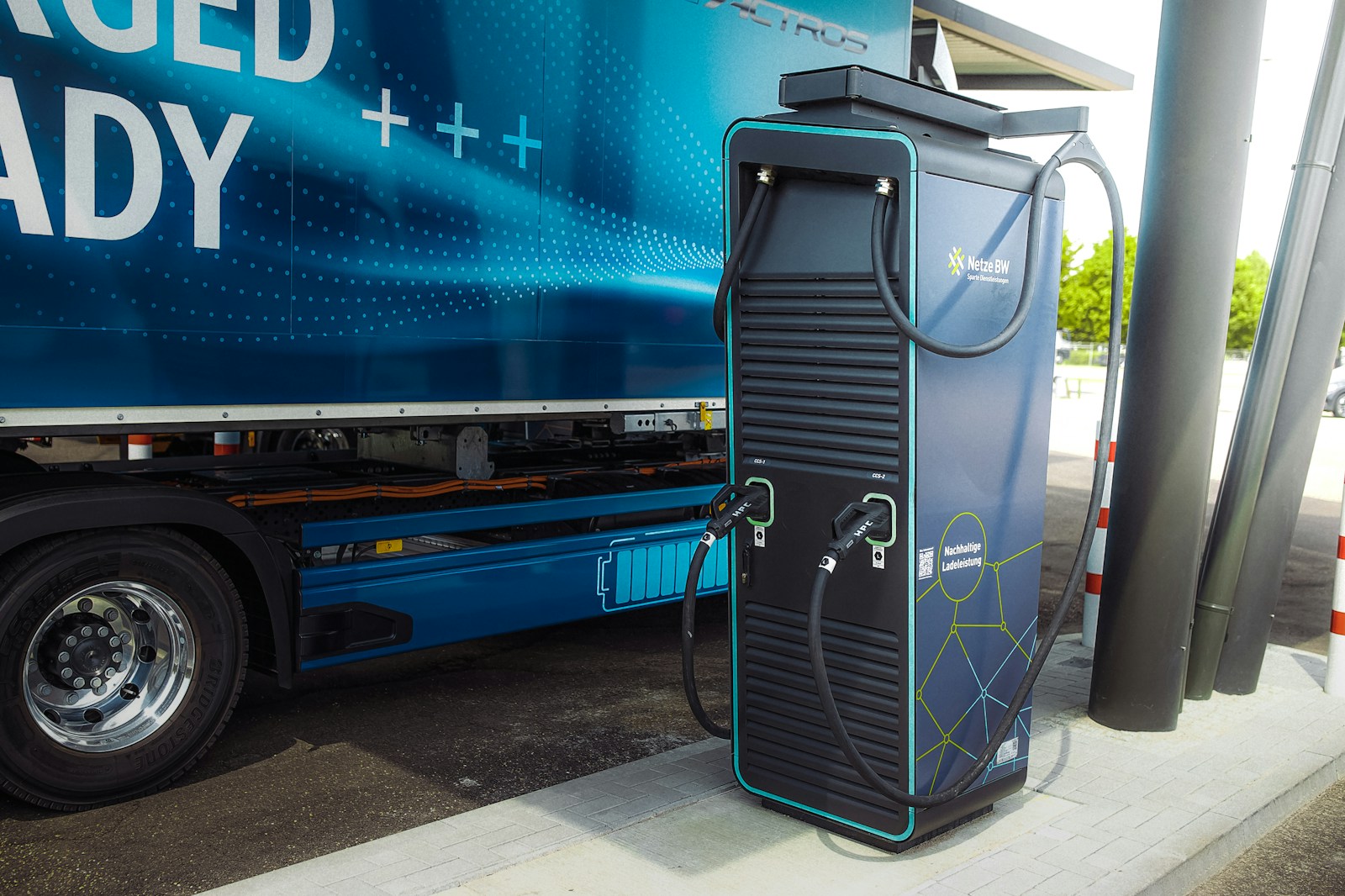Contrasting Fortunes: Zero Emission Transport Trends in the UK
Key Ideas
- The bus, coach, and minibus sector in the UK is thriving, with a 16-year high in new vehicle registrations, marking a 71% increase from the previous year.
- On the other hand, the demand for Heavy Goods Vehicles, especially articulated trucks, saw a decline for the first time in three years, with a 12.4% fall in registrations.
- The UK leads in zero emission buses with the largest fleet in Europe, growing by 35.5% in 2024 thanks to the addition of 1,570 new electric or hydrogen buses, coaches, and minibuses.
- There is a disparity in progress towards adopting zero emission vehicles between buses and HGVs, with buses having a significantly higher adoption rate, partially due to better infrastructure for recharging.
The UK's transportation sector is experiencing contrasting trends in the shift towards zero emission vehicles. While the bus, coach, and minibus sector saw a significant increase in new vehicle registrations in 2024, becoming the largest bus market in Europe, the Heavy Goods Vehicles segment experienced a decline for the first time in three years, particularly in articulated trucks. The UK leads in zero emission buses, with a 35.5% growth in the fleet in 2024, attributed to the addition of 1,570 new electric or hydrogen buses, coaches, and minibuses. SMMT anticipates continued decarbonization in the bus sector due to initiatives like the Zero Emission Bus Regional Area scheme, with additional deliveries expected. In contrast, only 217 zero emission trucks were registered in 2024, comprising a mere 0.5% of the market. The Plug-in Truck Grant, aiding in reducing the price gap between zero emission and diesel trucks, is set to end soon. SMMT calls for new incentives to promote the adoption of zero emission HGVs. The disparity in uptake between buses and trucks is attributed to infrastructure differences, with buses benefiting from more charging stations compared to HGVs. Urgent action is needed to boost zero emission uptake in the HGV sector, with calls for fiscal support and infrastructure development to make fleet transition financially viable.
